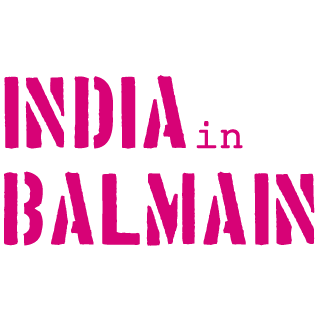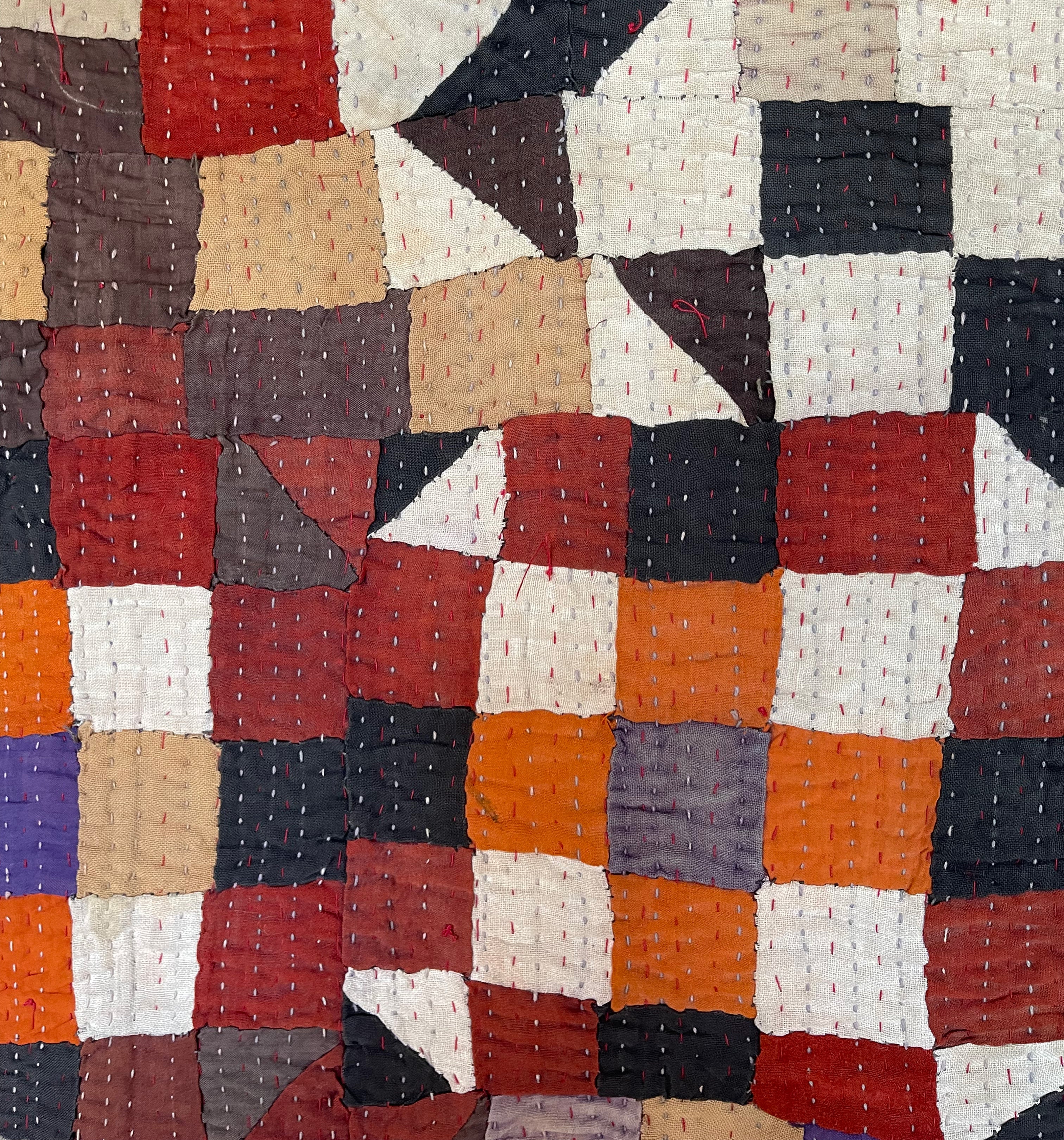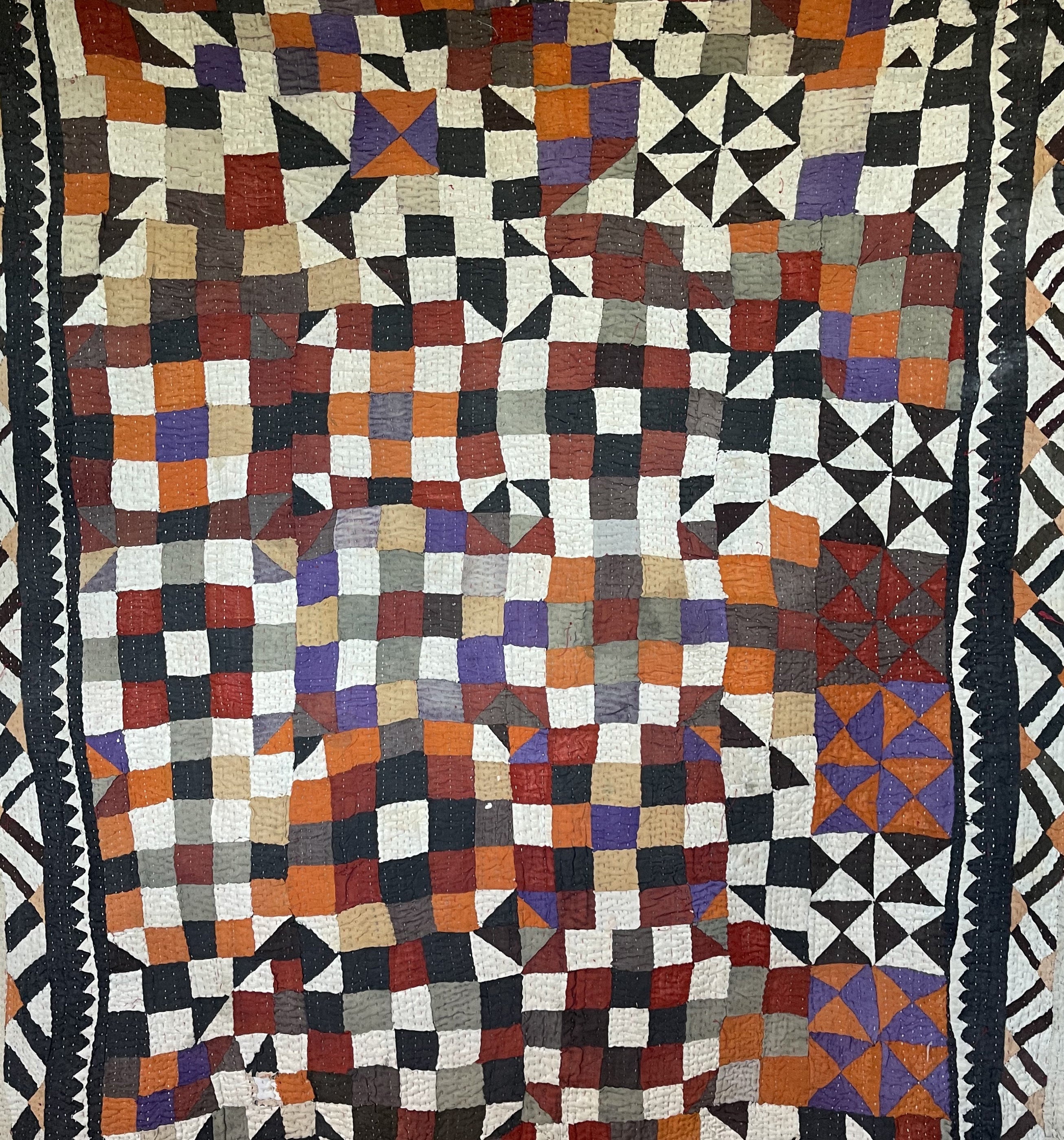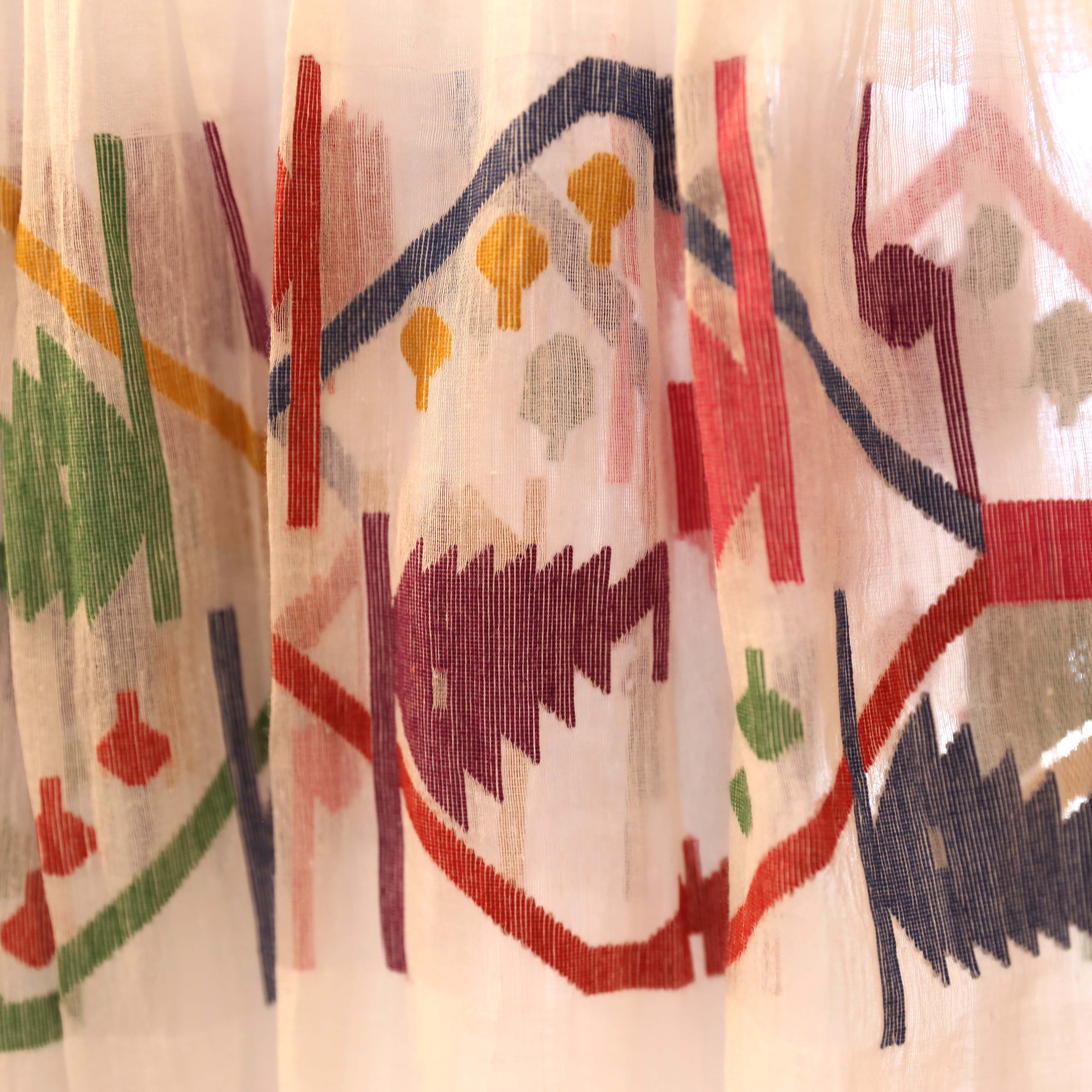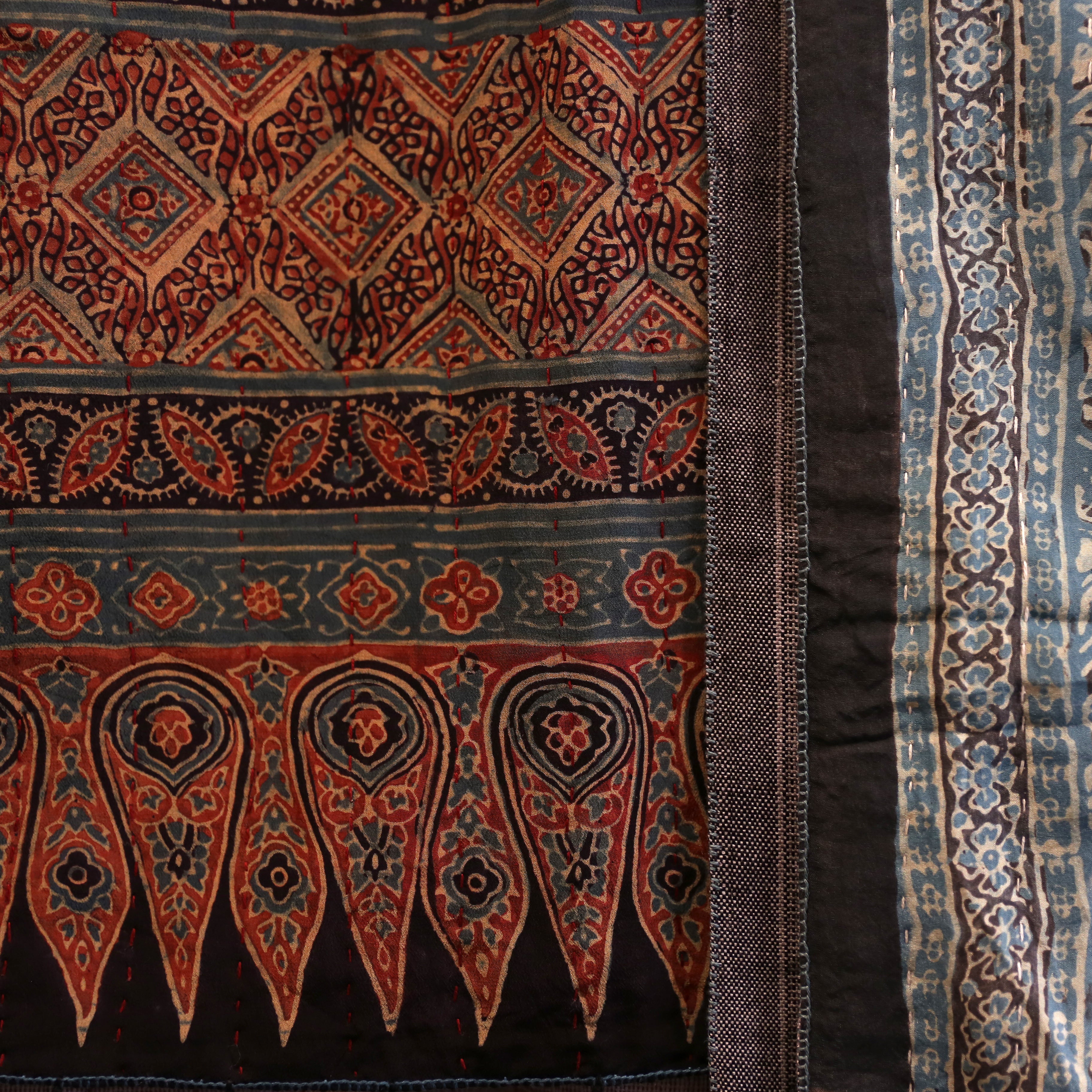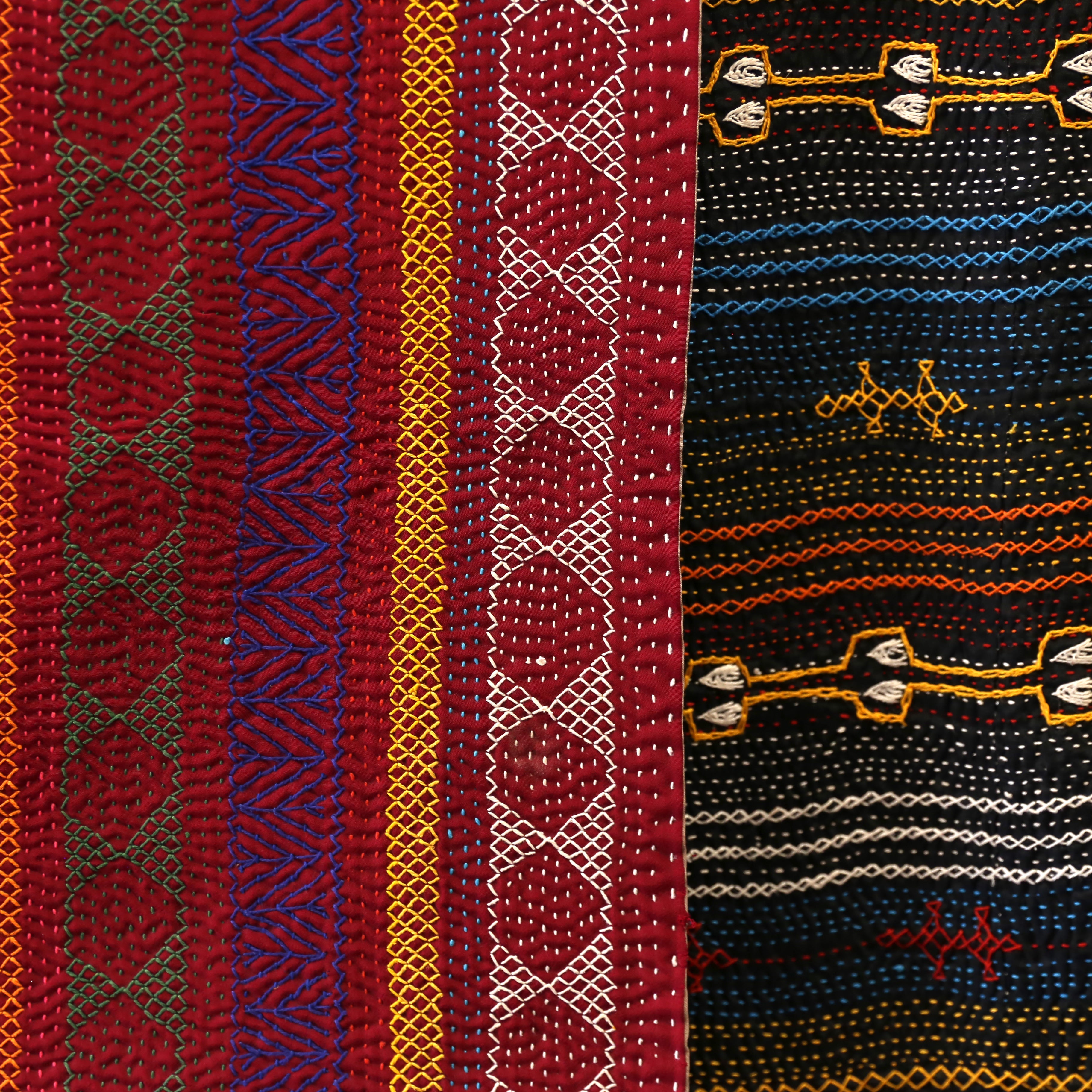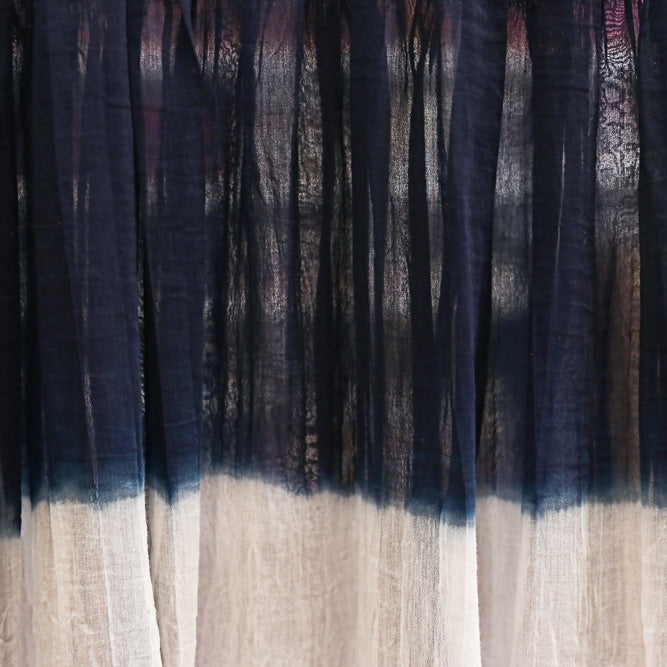Stitched ⋮ Ralli Quilts
A Tapestry of History, Culture, and Games
Traditionally, patchwork rallis are the most common ones found on the village beds throughout Sindh. They are made from small pieces of hand dyed fabric either torn or cut into geometric shapes. The patterns are often bold with frequent use of triangles or squares on point to give movement to the design. Some patterns have practical uses such as a game board. One pattern is used for a chess type game (tukri) and another game uses the spaces in a cross pattern (chopar). Overall geometric patterns are called farsh or tile floor.
Ralli are made in Pakistan, extensively in the provinces of Sindh, in the desert areas in the southern Punjab, and in the Indian states of Rajasthan and Gujarat that border Sindh and western Punjab. Sindh, the province, is named after the Indus River, locally called Sindhu. Located on the southeastern part of Pakistan it has a long and colourful history going back many thousand years BC.
There are several ideas on the derivations for the name `ralli'. Most think the name comes from the infinitive “ralannu” which means to mix, to join or to connect. Ralli is the name for quilts in Rajasthan and in Gujarat, they are called dhadaki and other local names. Small quilts for children are called rilka, rally or rally. A godri is a small square for sitting.
Stitched with Love
The women of the nomadic tribes, small villages, and towns of the Indus region carry on the traditions of their mothers, other women, and their cultures, and, despite the seeming hardship of their lives, have a wonderful love of life and great creativity. They create beautiful textiles, through their skill in embroidery, quilting and other needlework.
Rallis are not normally made for sale, but are made for use by the family. Traditionally made from layers of cotton cloth - originally old clothing or sack. To get enough fabric for a ralli, the women of the household collect old clothing as it is worn out, and the cloth is washed and saved. Old head coverings (chaddars, dupattas, odhanis) are particularly prized, as they are large rectangular pieces of fabric that can cover almost an entire quilt back or front.
Some pieces are held for many years, waiting for the “right” quilt - so in this way it is difficult to “date” a quilt when the quilter is unknown, as often the fabric on the front and back are not the same.
Ralli quilts are an integral part of the cultures where they are made and have many uses. They are seen over doorways and walls, are used in marriages, as gifts and as dowry. Ralli are most commonly spread over a charpoy (bed), as bed sheets or as a bed cover.
Rallis are used to convey feelings of hospitality. When guests arrive, a ralli is spread over a bed as a show of respect. If a guest is welcome to stay a night or more, the ralli is kept at the foot of the bed. If a guest has stayed too long, the host will fold up the ralli in the presence of the guest as a signal it is time to go. If the ralli is not placed on the bed, then the guest should know that they are only invited for a chat, dinner, cup of tea or buttermilk, and then they should leave.
In addition to bedding, rallies are used as a carrying cloth, sewed with a skirt as a table cover, as a baby cradle, and as temporary wall or canopy. Ralli can be spread on the floor like a mat, or can be used as a prayer rug. In the past rallies were used as enormous fans. A ralli was connected to the roof of a home with the help of hangers, and a rope was connected to the centre of the ralli. Pulling the ralli circulated fresh air. This cooling method is still used when electricity fails.
Rallis can last three to four years with normal use. Old rails may also be used to cover cattle, buffaloes and donkeys to keep them warm on winter nights. A folded ralli is used under the donkeys harness to make him more comfortable and avoid injury.
Beggars wear old rallies made into hats or cloaks, Normally no other person would wear a ralli n the street. To women and children, an old ralli is a symbol that the beggar is needy and means no harm, and they will often give him food or money. There is a saying in Sindhi ‘ralli kulhay tay” meaning that of you have a ralli on your shoulders, you have no worries and can be a wanderer.
Reference source: RALLI QUILTS, Patrica Stoddard Schiffer Publishing, 2003
